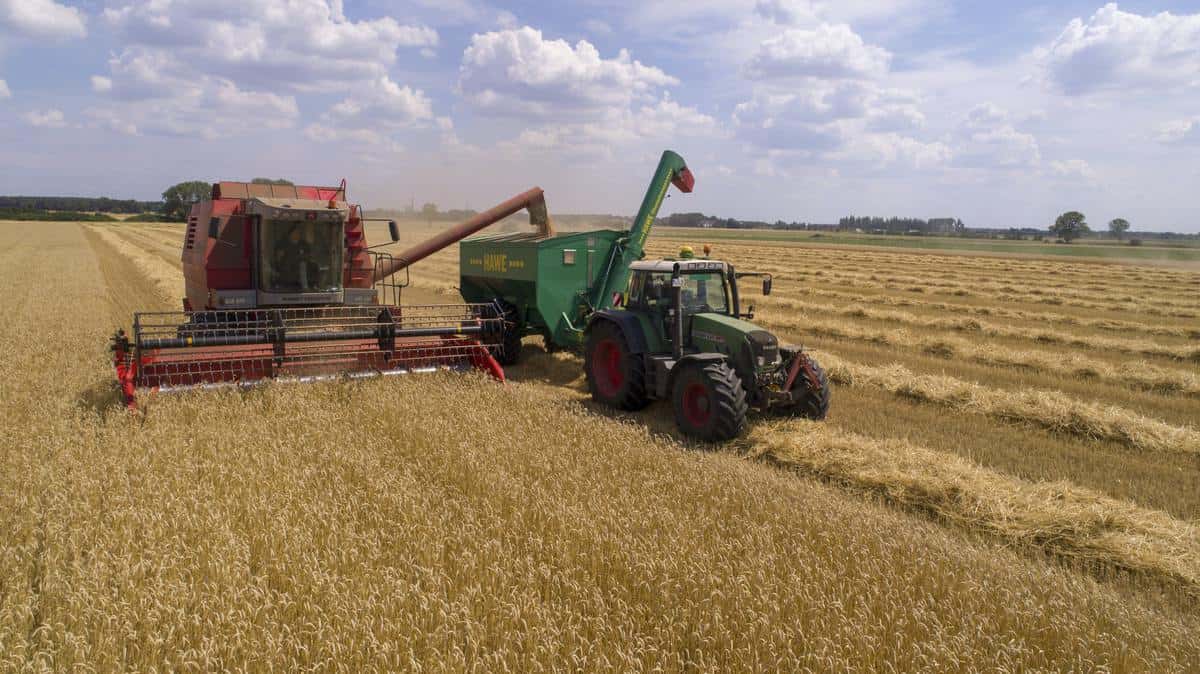Agriculture SMEs surge 13% while overall small business performance drops 5%. Paul Robson reveals which sectors are winning.
What’s happening: Australian small and medium enterprises have maintained stability in Q2 2025, though overall performance has declined 5% year-on-year, with agriculture emerging as the standout performer with 13% growth.
Why this matters: With SMEs contributing around a third of Australia’s GDP, these mixed results signal both resilience and emerging challenges that could reshape the small business landscape as economic conditions shift.
The latest MYOB Small and Medium Size Enterprise Performance Indicator reveals a tale of two economies, where agricultural SMEs are thriving whilst other sectors struggle to maintain momentum.
Harnessing anonymised observations from more than 200,000 businesses with 1-19 employees, the indicator shows Gross Value Added has dropped 5% compared to 2024, yet beneath this headline figure lies significant sectoral variation.
Agriculture defies trends
Agriculture has emerged as the clear winner, recording a 13% rise in activity over the past year and a 5% increase in GVA over the quarter, making it the highest performing SME sector.
This growth stems from strong agricultural commodity prices, both domestically and in export markets, alongside robust overseas demand and increased productivity driven by technology adoption.
“The uplift in performance for Australian small businesses within the agricultural sector is encouraging for the industry and the SME sector more broadly,” said Paul Robson, CEO of MYOB.
“The resilience of agricultural SMEs is further reflected by their growth amidst significant hurdles, including the introduction of US tariffs and several flood events that caused localised disruption for many of our farmers.”
Technology drives productivity
The agricultural sector’s success story is intrinsically linked to digital transformation. New digital tools, automation and transformative technology have enabled greater productivity with fewer workers, with employment figures dropping from 360,000 to around 300,000 over the last five years.
This technology-driven efficiency contrasts sharply with struggling sectors like utilities, hospitality and arts and recreation, which recorded the lowest performance levels.
Mining and public administration joined agriculture at the top of the performance table over the last three months.
Rate cuts bring relief
Looking ahead, economic conditions are becoming more supportive for SMEs, with inflation easing and a recent cash rate cut from the Reserve Bank of Australia.
“Broader economic conditions are becoming more supportive for SMEs, with inflation easing and a recent cash rate cut from the RBA,” Robson explained. “These developments should provide some relief to Australian households, resulting in greater consumer spending.”
Associate Director and economist Alex Hooper of Oxford Economics Australia said the signs are positive for growth in other sectors over the coming 12 months.
“Even as the number of SMEs has eased back from pandemic highs, the sector continues to demonstrate remarkable resilience,” she said.
“Individual business profitability and productivity, underpinned by strong payroll growth, highlights the ability of SMEs to lift wages in line with broader economic trends.”
Export challenges ahead
However, challenges loom for export-oriented SMEs. Australia Post’s recent announcement regarding low-value parcel tariffs for deliveries to the US may cause delivery disruptions, operational strain and additional costs for businesses exporting to North America.
The continuation of US tariffs poses another risk, particularly for agricultural exporters who have otherwise performed strongly.
Despite these headwinds, the SME sector has shown remarkable adaptability since COVID-19, with substantial movement including new entrants from the startup sector and many businesses scaling up beyond the SME classification.
“This adaptability has allowed SMEs to turn a period of adjustment into a platform for future growth,” Hooper noted. “With rate cuts and easing inflation creating a more supportive environment, SMEs are well positioned to continue contributing meaningfully to Australia’s economy.”
The MYOB indicator calculates GVA by calibrating small business performance against the economy as a whole, aggregating information from millions of transactional data points to provide insights into current and future small business landscape trends.
This article is based on the MYOB SME Performance Indicator Q2 2025 report.
Keep up to date with our stories on LinkedIn, Twitter, Facebook and Instagram.

